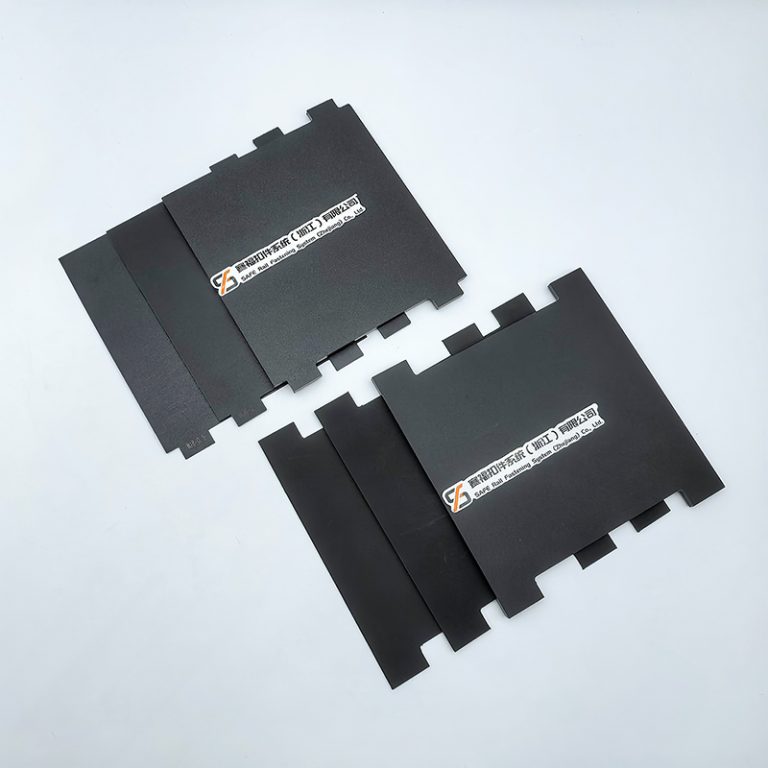
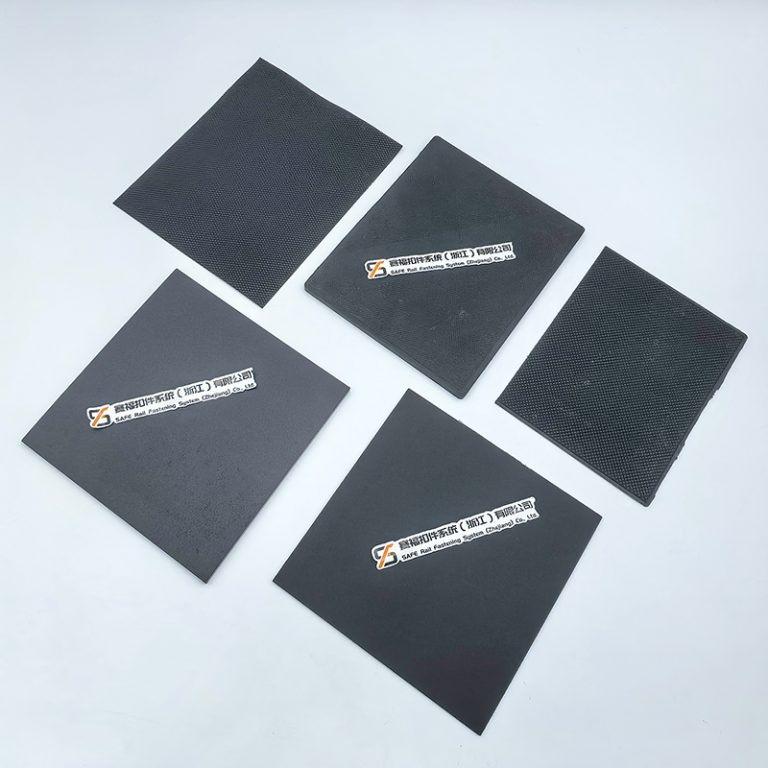
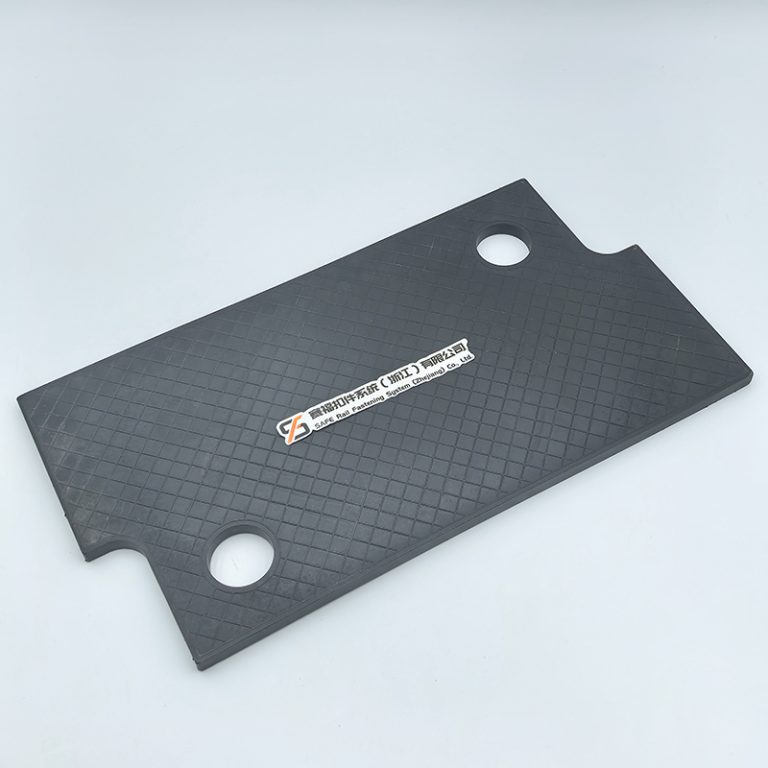
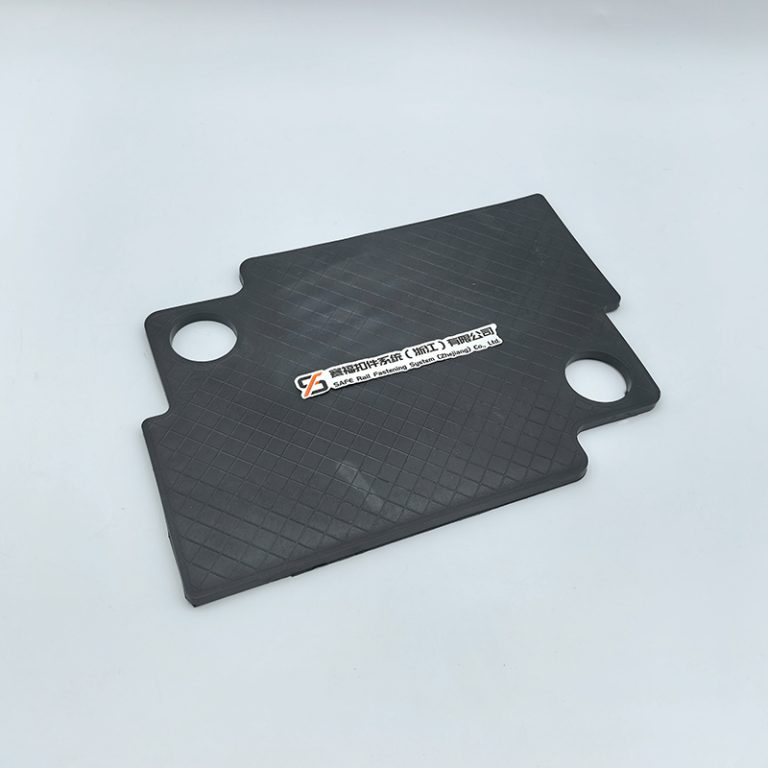
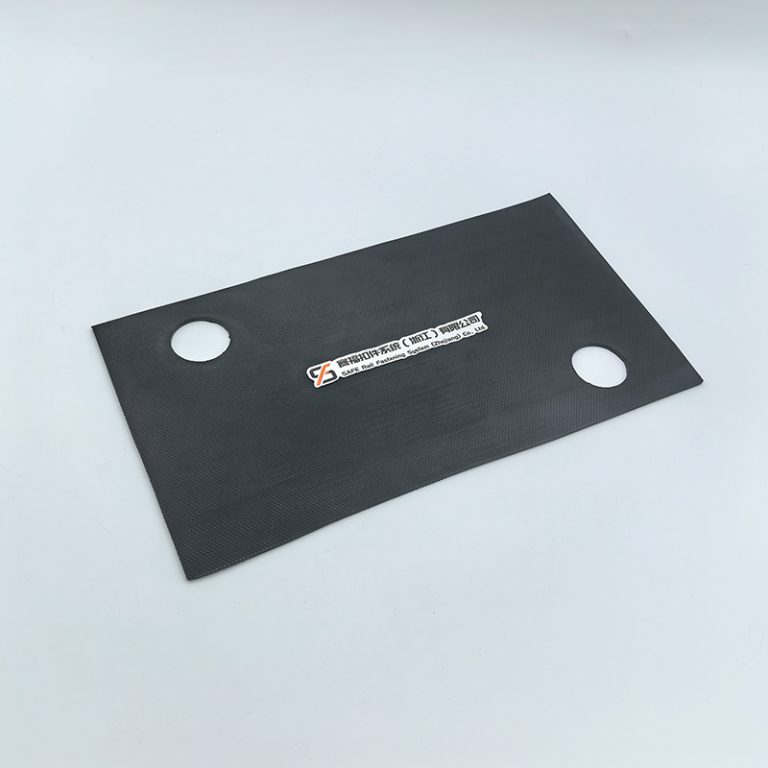
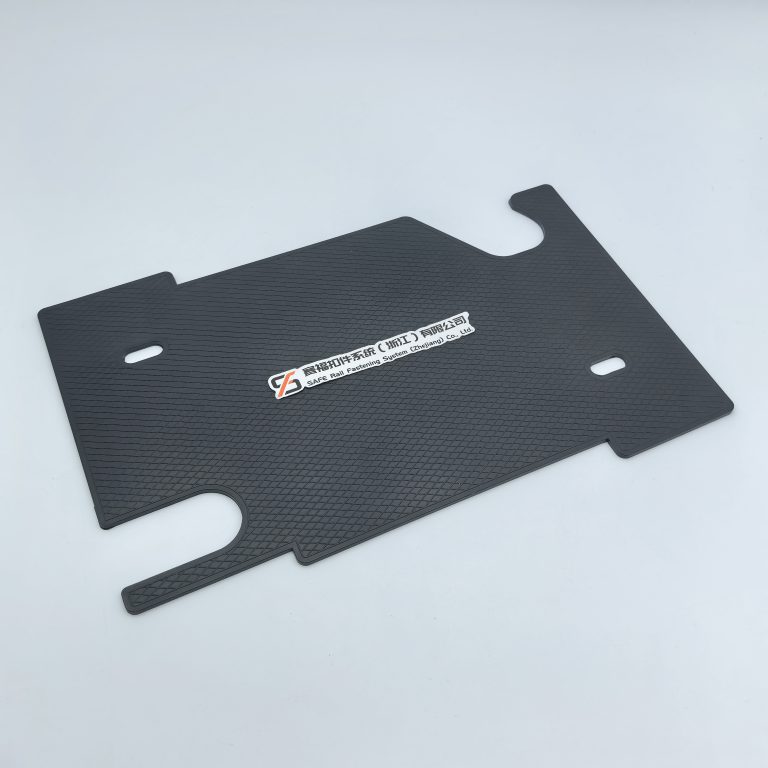
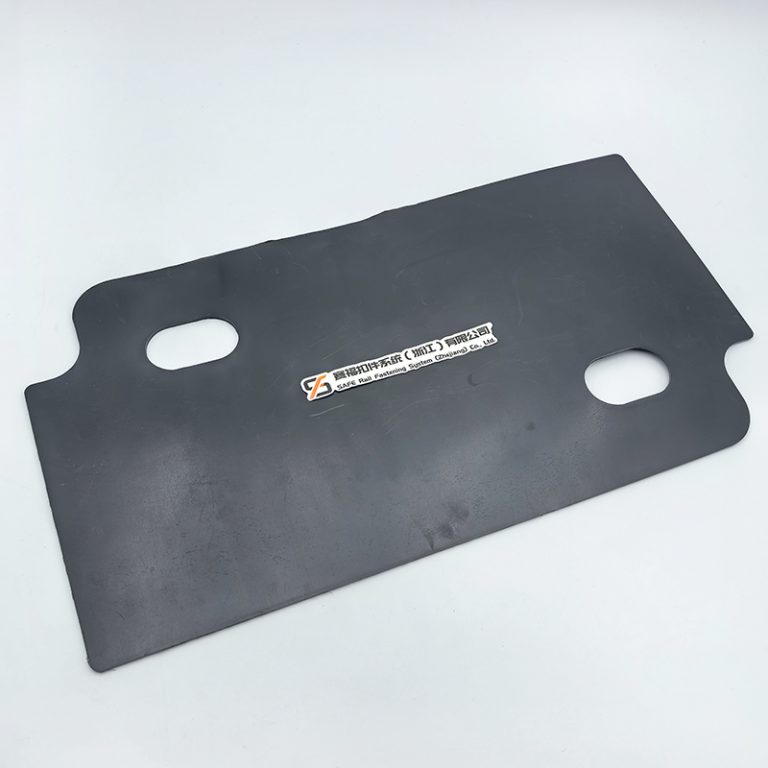
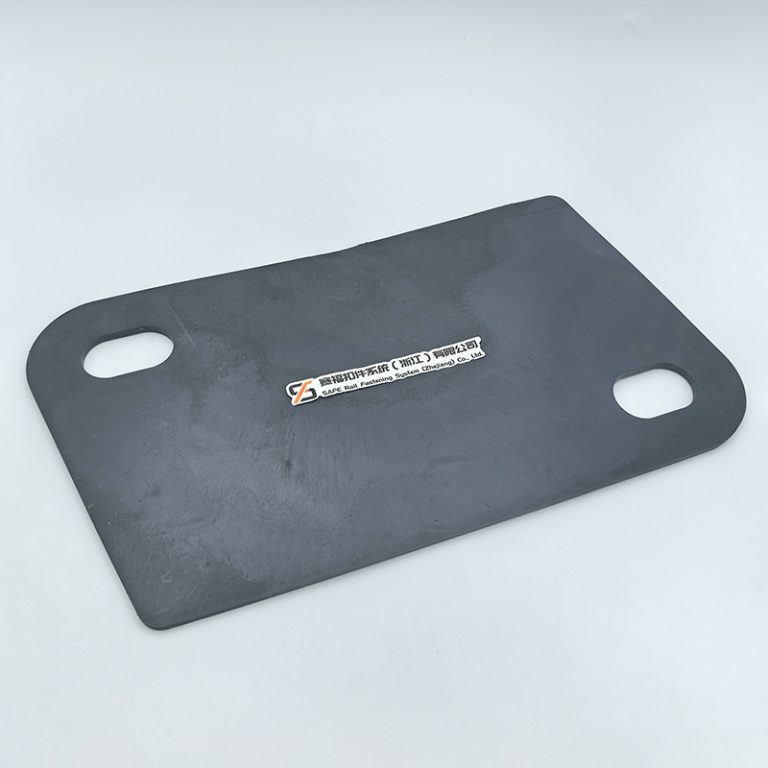
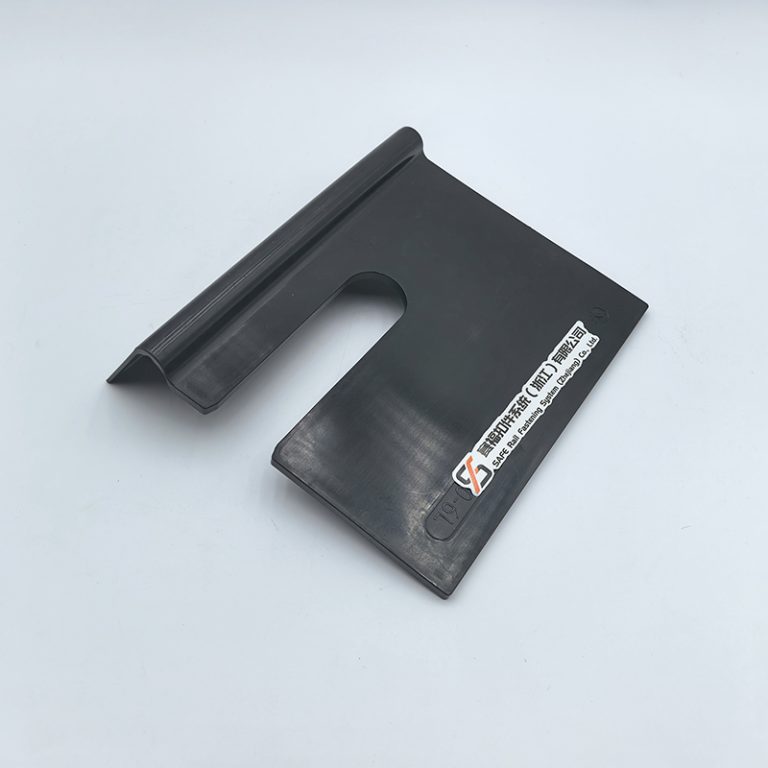
1-1-768x768.jpg)
Specification: Customize
Material:Engineering plastics, fiber-reinforced materials, synthetic rubber, etc.
Color: Customize
Functions: Adjusting track height, compensating for settlement, evenly distributing Force, maintaining gauge, facilitating maintenance









1-1-768x768.jpg)
Specification: Customize
Material:Engineering plastics, fiber-reinforced materials, synthetic rubber, etc.
Color: Customize
Functions: Adjusting track height, compensating for settlement, evenly distributing Force, maintaining gauge, facilitating maintenance









1-1-768x768.jpg)
Specification: Customize
Material:Engineering plastics, fiber-reinforced materials, synthetic rubber, etc.
Color: Customize
Functions: Adjusting track height, compensating for settlement, evenly distributing Force, maintaining gauge, facilitating maintenance









1-1-768x768.jpg)









1-1-768x768.jpg)
Specification: Customize
Material:Engineering plastics, fiber-reinforced materials, synthetic rubber, etc.
Color: Customize
Functions: Adjusting track height, compensating for settlement, evenly distributing Force, maintaining gauge, facilitating maintenance
Height Adjustment Pad(also known as Insulation Buffer Pad) is a critical component of the railway fastening system, used to adjust track height, compensate for settlement, evenly distribute force, and maintain gauge, ensuring safe and smooth railway operation.
As an OEM & OBM manufacturer, SAFE Rail Fastening System is capable of not only producing a wide range of internationally common types of height adjustment pad/insulation buffer pad, but also customizing products tailored to our customers’ specific requirements.
SAFE Rail Fastening System has an injection molding production line which mainly produces various types of rail gauge insulators, rail gauge baffles, embedded dowels, height adjustment pads, and other products. It adopts a fully automatic central feeding system and a new injection molding machine, which can ensure product quality and improve production efficiency.
Furthermore, SAFE Rail Fastening System offers a diverse range of products and services, including OEM and OBM rail fastening systems for conventional, high-speed, heavy-haul, and metro applications. Its portfolio includes rail clips, pads, tie plates, bolts, and other specialized components. The company prioritizes technological innovation through its SAFE Shanghai Research Center, which collaborates with industry and academia to drive advancements in rail transit solutions. Comprehensive laboratory facilities ensure all products meet rigorous standards, including EN 13146, EN 13481 internationally, and TB standards domestically in China.
